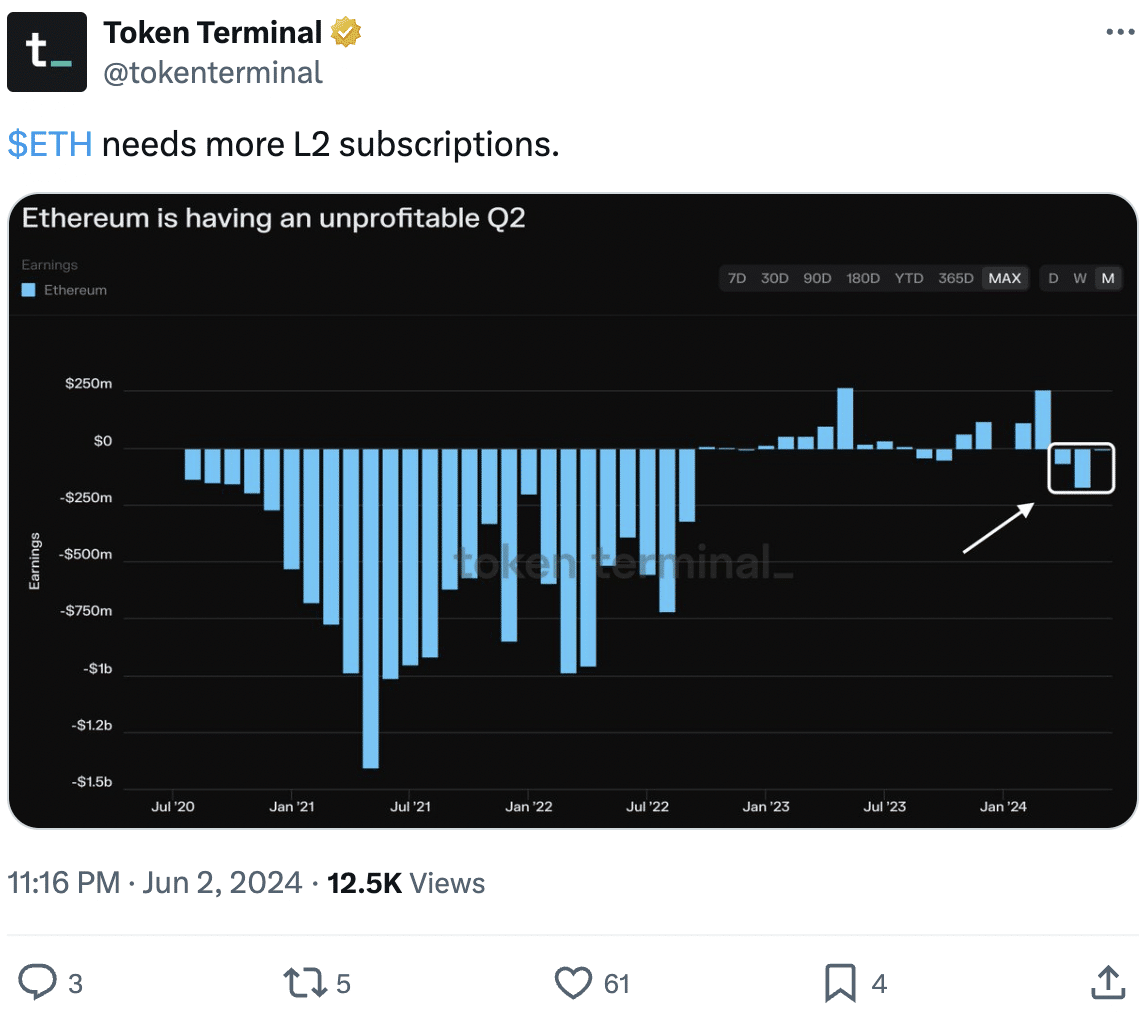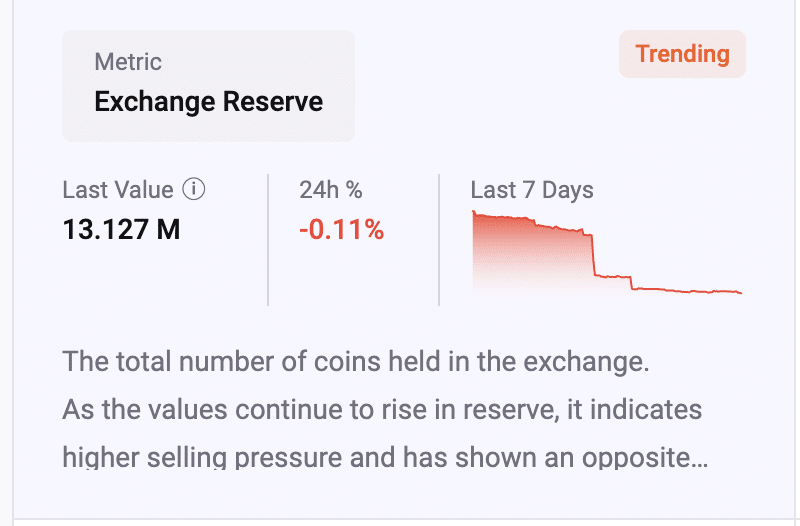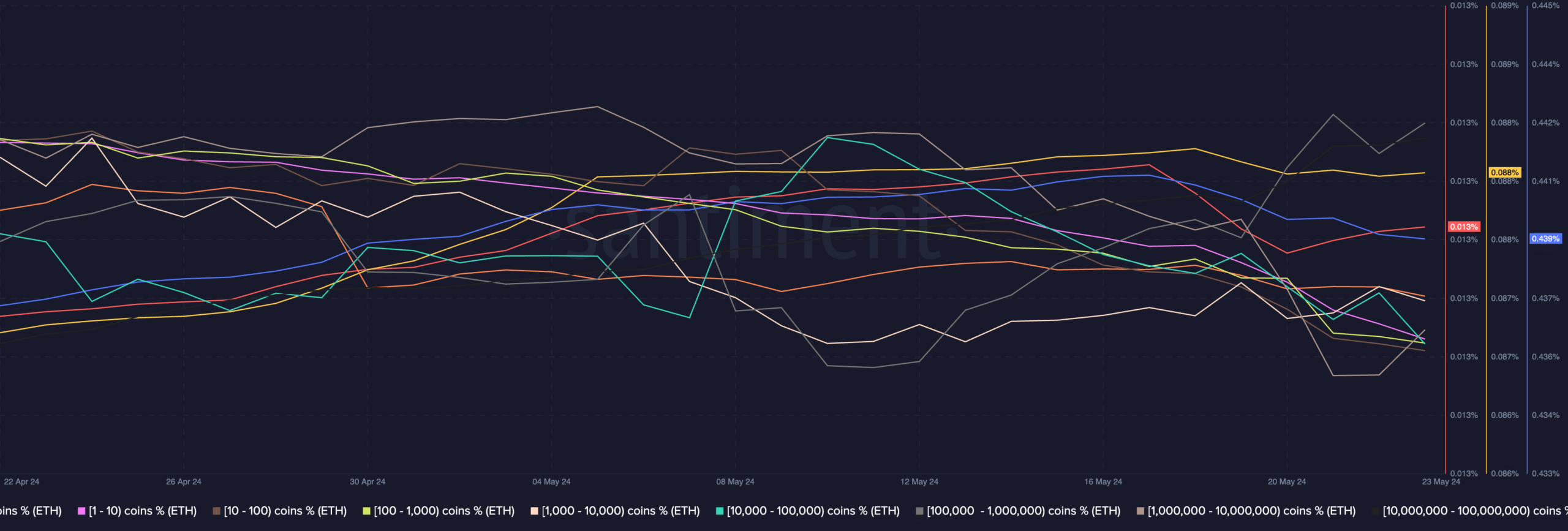Ethereum (ETH) has seen a surge in price and popularity in recent days following the announcement of an Ethereum ETF.
A Disappointing Quarter
However, the ecosystem isn’t performing quite well. Data from Token Terminal indicates that Ethereum is having an unprofitable second quarter. If Ethereum continues to struggle with revenue generation, the network will face much greater difficulty in selling its shares. Nevertheless, interest in ETH remains relatively high.
Following the approval on May 23 for Ethereum exchange-traded funds (ETFs) in the United States, over $3 billion worth of Ethereum has been withdrawn from centralized cryptocurrency exchanges, indicating a tightening supply.
Data shows that Ethereum reserves on exchanges have decreased by about 797,000, equivalent to $3.02 billion, from May 23 to June 2. The reduction in exchange reserves means there is less ETH available for sale as investors move their assets to self-custody for purposes other than immediate selling.
The Ethereum supply on exchanges is currently at its lowest level in years, at only 10.6%. This reduction in supply, coupled with increased demand from investors following multiple ETF approvals, could further propel ETH prices and push them to all-time highs (ATH).
Related: Ethereum Approaches ATH as Fund Market Premium Peaks
However, there are still concerns that Grayscale’s Ethereum Trust (ETHE), a company managing $11 billion, could influence Ethereum’s price action. This is based on the example of the Grayscale Bitcoin Trust (GBTC), which saw outflows of $6.5 billion in its first month after approval.
How is ETH Performing?
At the time of writing, ETH is trading at $3,833.59, up 1.19% in the past 24 hours. Surprisingly, both whale and retail interest rates have slightly decreased in the past few days.
Checking Santiment’s data reveals that holders in the range of 0.01 ETH to 10 ETH have seen a decrease in the total ETH they hold. Moreover, larger holders are also trimming some of their ETH. This behavior, exhibited by both whales and retail investors, indicates that many holders are keen on taking profits to some extent as prices surge. However, the selling pressure is not significant enough to negatively impact prices.










Dhfjf4jshfjno